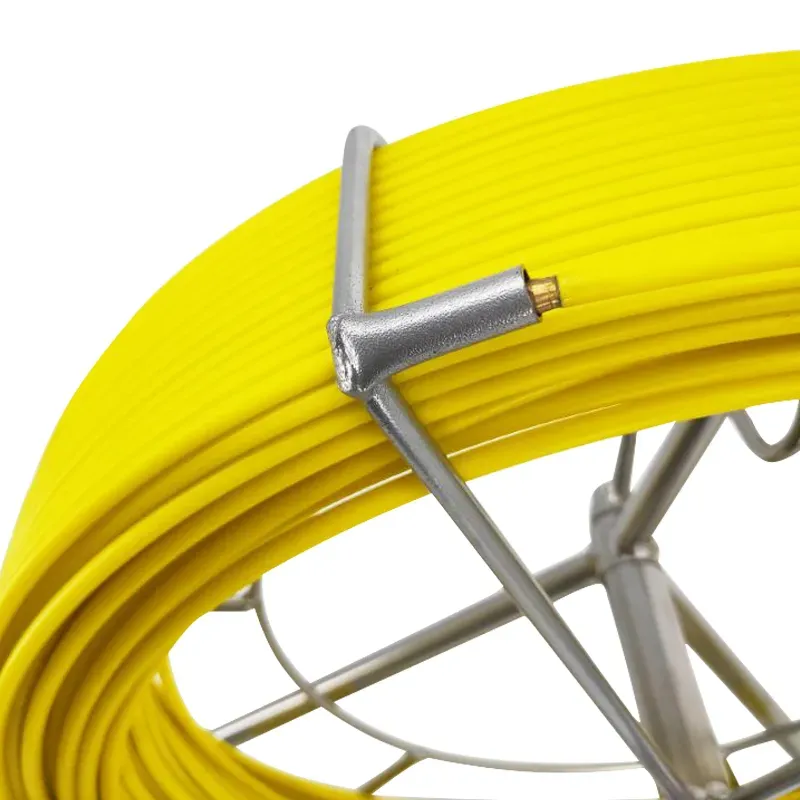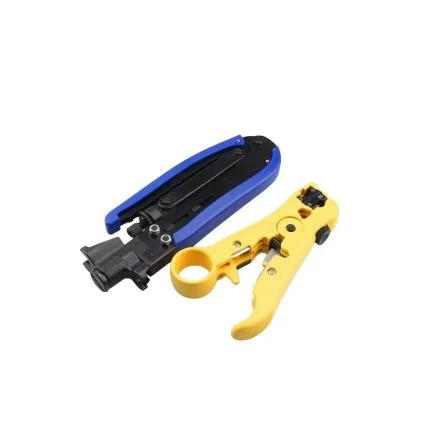
-
 Afrikaans
Afrikaans -
 Albanian
Albanian -
 Amharic
Amharic -
 Arabic
Arabic -
 Armenian
Armenian -
 Azerbaijani
Azerbaijani -
 Basque
Basque -
 Belarusian
Belarusian -
 Bengali
Bengali -
 Bosnian
Bosnian -
 Bulgarian
Bulgarian -
 Catalan
Catalan -
 Cebuano
Cebuano -
 Corsican
Corsican -
 Croatian
Croatian -
 Czech
Czech -
 Danish
Danish -
 Dutch
Dutch -
 English
English -
 Esperanto
Esperanto -
 Estonian
Estonian -
 Finnish
Finnish -
 French
French -
 Frisian
Frisian -
 Galician
Galician -
 Georgian
Georgian -
 German
German -
 Greek
Greek -
 Gujarati
Gujarati -
 Haitian Creole
Haitian Creole -
 hausa
hausa -
 hawaiian
hawaiian -
 Hebrew
Hebrew -
 Hindi
Hindi -
 Miao
Miao -
 Hungarian
Hungarian -
 Icelandic
Icelandic -
 igbo
igbo -
 Indonesian
Indonesian -
 irish
irish -
 Italian
Italian -
 Japanese
Japanese -
 Javanese
Javanese -
 Kannada
Kannada -
 kazakh
kazakh -
 Khmer
Khmer -
 Rwandese
Rwandese -
 Korean
Korean -
 Kurdish
Kurdish -
 Kyrgyz
Kyrgyz -
 Lao
Lao -
 Latin
Latin -
 Latvian
Latvian -
 Lithuanian
Lithuanian -
 Luxembourgish
Luxembourgish -
 Macedonian
Macedonian -
 Malgashi
Malgashi -
 Malay
Malay -
 Malayalam
Malayalam -
 Maltese
Maltese -
 Maori
Maori -
 Marathi
Marathi -
 Mongolian
Mongolian -
 Myanmar
Myanmar -
 Nepali
Nepali -
 Norwegian
Norwegian -
 Norwegian
Norwegian -
 Occitan
Occitan -
 Pashto
Pashto -
 Persian
Persian -
 Polish
Polish -
 Portuguese
Portuguese -
 Punjabi
Punjabi -
 Romanian
Romanian -
 Russian
Russian -
 Samoan
Samoan -
 Scottish Gaelic
Scottish Gaelic -
 Serbian
Serbian -
 Sesotho
Sesotho -
 Shona
Shona -
 Sindhi
Sindhi -
 Sinhala
Sinhala -
 Slovak
Slovak -
 Slovenian
Slovenian -
 Somali
Somali -
 Spanish
Spanish -
 Sundanese
Sundanese -
 Swahili
Swahili -
 Swedish
Swedish -
 Tagalog
Tagalog -
 Tajik
Tajik -
 Tamil
Tamil -
 Tatar
Tatar -
 Telugu
Telugu -
 Thai
Thai -
 Turkish
Turkish -
 Turkmen
Turkmen -
 Ukrainian
Ukrainian -
 Urdu
Urdu -
 Uighur
Uighur -
 Uzbek
Uzbek -
 Vietnamese
Vietnamese -
 Welsh
Welsh -
 Bantu
Bantu -
 Yiddish
Yiddish -
 Yoruba
Yoruba -
 Zulu
Zulu


TEL:
0086-311-88862036
जनवरी . 20, 2025 04:28 Back to list
Cable Clamp
Jumper cable clamps are often an overlooked component when discussing the intricacies of automotive maintenance and the critical moments they can alter. However, their significance becomes glaringly essential when vehicles refuse to start, and a trusty set of jumper cables is the only solution at hand. Understanding the components of a jumper cable, specifically the clamps that allow for the safe and effective transfer of energy, reveals a depth of expertise and trustworthiness required for both manufacturers and users alike.
Trustworthiness in a product such as a jumper cable clamp derives not just from the materials used or the ergonomic design, but critically from the testing and quality assurance protocols that accompany them. Top-tier manufacturers will subject their clamps to rigorous stress tests, accountability checks, and compliance with internationally recognized safety standards. Such practices ensure that when users do reach for these clamps in a moment of need, they function flawlessly without posing any safety risks. Moreover, gaining a real-world experience perspective echoes the significance of reading user reviews and industry expert testimonials. Automotive forums and user reviews across platforms consistently highlight the performance of high-caliber jumper cable clamps, with professional testimonials offering insight into their long-standing durability even under frequent use. The real-world feedback loop enhances a product’s credibility, indicating an authoritative endorsement by savvy automotive experts who regularly deal with such tools. Lastly, these clamps also represent a trust factor for emergency preparedness. Owning a reliable set of jumper cables equipped with high-quality clamps is akin to carrying an insurance policy for your vehicle's battery. An assurance that no matter the circumstances, the driver is equipped to face potential battery failures with confidence. The nuances of jumper cable clamps make them much more than a mere tool – they are a synthesis of technical specifications, design ingenuity, and rigorous quality assurance. Each successful jump not only reinforces the car battery's function but also strengthens the consumer’s trust in the brand and the product. Ultimately, any discussion around jumper cable clamps, specifically those referenced as 1 0, is a confluence of engineering precision, material science, and a commitment to safety and effectiveness that aligns with the principles of authoritative and trustworthy product design.


Trustworthiness in a product such as a jumper cable clamp derives not just from the materials used or the ergonomic design, but critically from the testing and quality assurance protocols that accompany them. Top-tier manufacturers will subject their clamps to rigorous stress tests, accountability checks, and compliance with internationally recognized safety standards. Such practices ensure that when users do reach for these clamps in a moment of need, they function flawlessly without posing any safety risks. Moreover, gaining a real-world experience perspective echoes the significance of reading user reviews and industry expert testimonials. Automotive forums and user reviews across platforms consistently highlight the performance of high-caliber jumper cable clamps, with professional testimonials offering insight into their long-standing durability even under frequent use. The real-world feedback loop enhances a product’s credibility, indicating an authoritative endorsement by savvy automotive experts who regularly deal with such tools. Lastly, these clamps also represent a trust factor for emergency preparedness. Owning a reliable set of jumper cables equipped with high-quality clamps is akin to carrying an insurance policy for your vehicle's battery. An assurance that no matter the circumstances, the driver is equipped to face potential battery failures with confidence. The nuances of jumper cable clamps make them much more than a mere tool – they are a synthesis of technical specifications, design ingenuity, and rigorous quality assurance. Each successful jump not only reinforces the car battery's function but also strengthens the consumer’s trust in the brand and the product. Ultimately, any discussion around jumper cable clamps, specifically those referenced as 1 0, is a confluence of engineering precision, material science, and a commitment to safety and effectiveness that aligns with the principles of authoritative and trustworthy product design.
Next:
Latest news
What Are Construction Tools and How Are They Used?
NewsJul.11,2025
Professional-Grade Duct Rodding Tools for Superior Cable Installation
NewsJul.11,2025
Enhancing Safety and Efficiency with Modern Hot Stick Solutions
NewsJul.11,2025
Empowering Cable Installation with Advanced Rodder Solutions
NewsJul.11,2025
Elevate Your Cable Installation Projects with Cable Pulling Tools
NewsJul.11,2025
Efficient Cable Handling Solutions: Cable Rollers for Sale
NewsJul.11,2025
Copyright © 2025 Shijiazhuang Bilo Import and Export Trading Co., Ltd. All Rights Reserved. Sitemap | Privacy Policy

BlLo lmport & Éxport is specialized in power and cable equipment andconsiruction tools,Qur main producis are FRP
duct rodder, cable rollerscable pulling winch, cable drum jack, cable pulling sock, etc.
Copyright © 2025 Shijiazhuang Bilo Import and Export Trading Co., Ltd. All Rights Reserved. Sitemap | Privacy Policy










